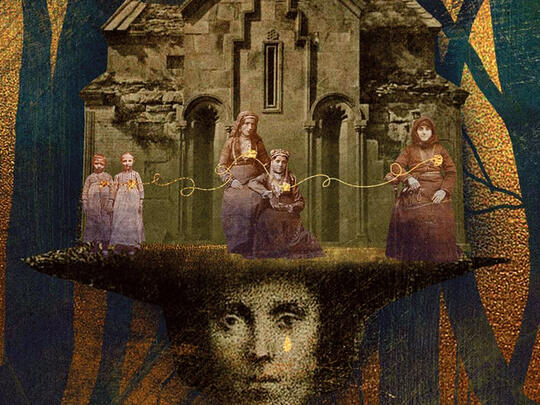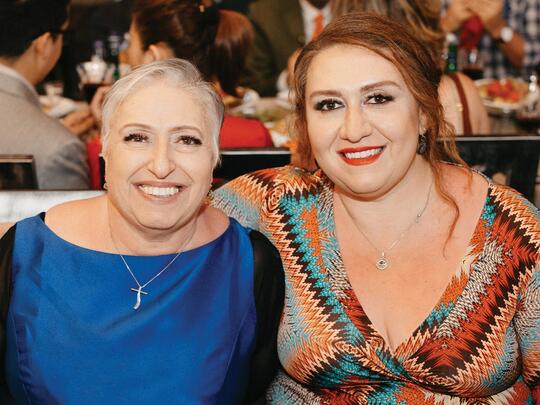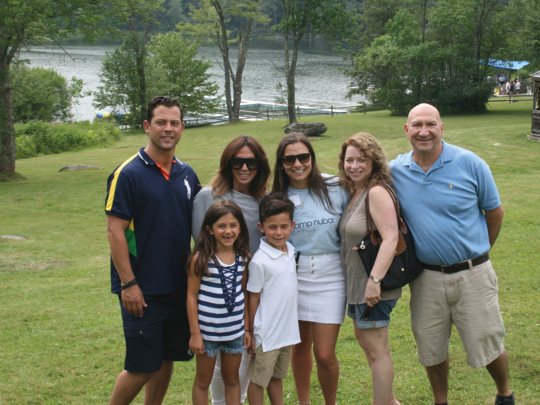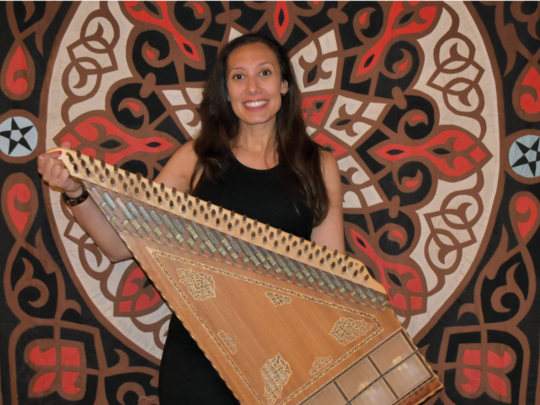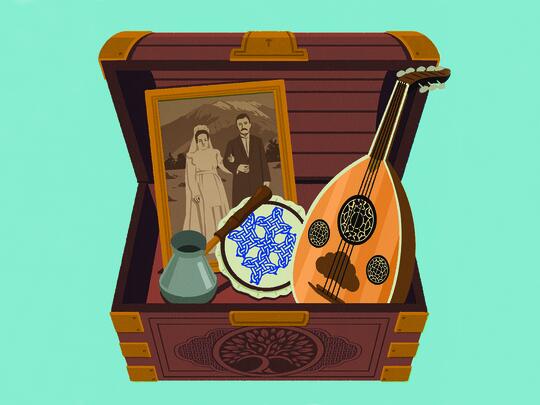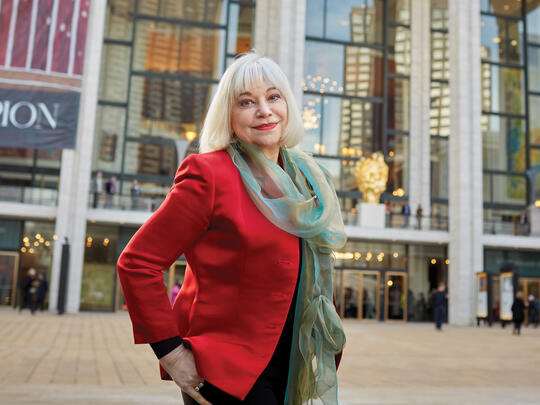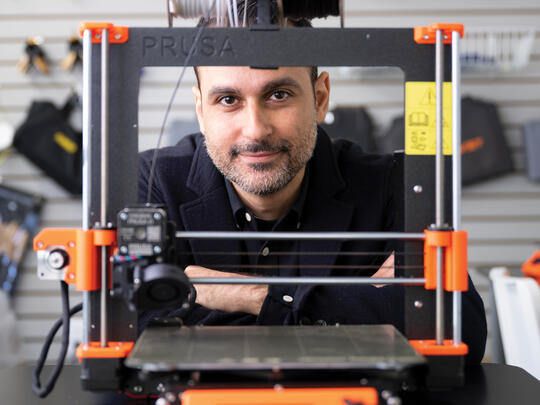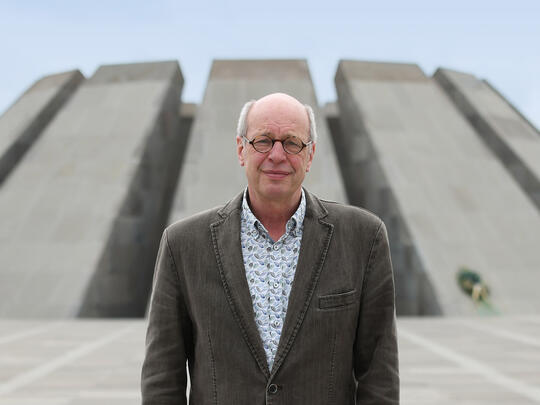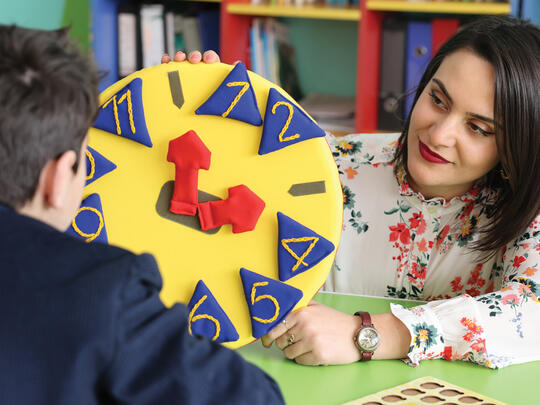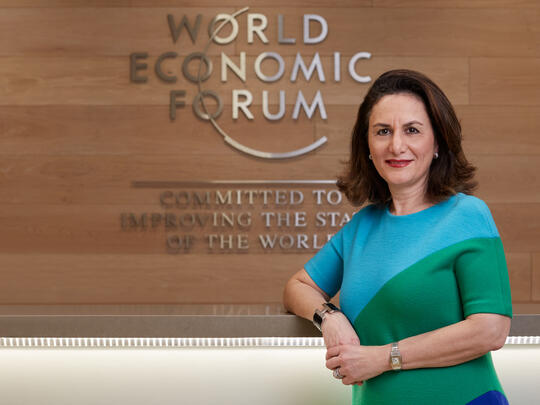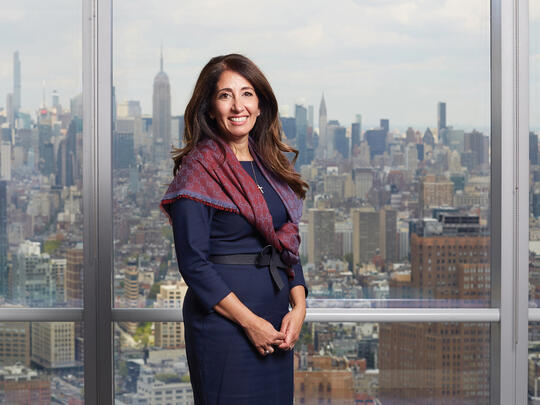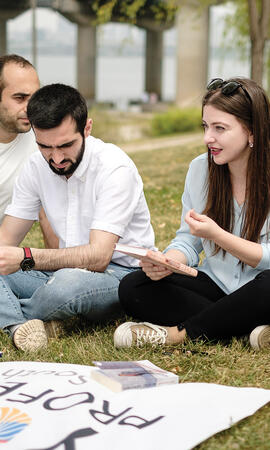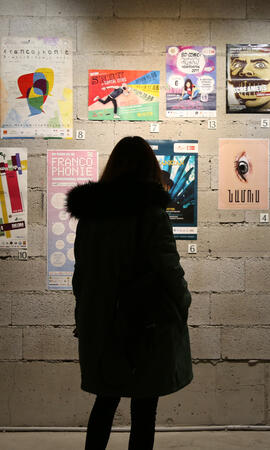
Preserve Artsakh: An Open Letter to the World Community
The end to active combat in the 2020 Nagorno Karabakh war is far from the end of the war on a key victim: the rich and irreplaceable cultural heritage of Artsakh, as the republic is known to Armenians.
Only two years ago, Armenian art, history, and culture were celebrated by some of the world’s most acclaimed cultural institutions. Armenia! at the Metropolitan Museum of Art was a major international exhibition of Armenian medieval art. The wonders on display broke attendance records, earned critical praise, and demonstrated the major contributions of Armenians to world civilization. The Smithsonian Folklife Festival celebrated Armenian artistic and cultural tradtions during its annual interactive exposition on the National Mall in Washington DC drawing record numbers. That same year, the global consortium of French-speaking nations gathered in Armenia’s capital of Yerevan for the Summit of the Francophonie, hosting hundreds of world leaders, visitors and the international media.
Now, just two short years later, the world looks away as Armenian art, architecture, and history are being destroyed. On September 27, 2020, Azerbaijan launched a large-scale military attack on the Republic of Artsakh. Turkey, which continues to deny its genocidal project of the annihilation of the Armenian people perpetrated in 1915-1922 in their historical homeland, has lent its full political and military support to Azerbaijan in this latest act of aggression.
While the war was just brought to a sudden end by Russia, for over a month, the Republic of Artsakh suffered dire civilian and military casualties. The continuous shelling with cluster bombs and other artillery layed waste to homes, hospitals, and schools. The aggression has also been targeted at heritage sites, with the aim to erase the unique cultural contributions of the Armenian people and their history in the region.
On October 8, 2020, Azerbaijani forces launched two intentional assaults on the Holy Savior Ghazanchetsots Cathedral, causing significant damage. Located in Shushi, the cultural capital of Artsakh, the cathedral is a masterpiece of nineteenth-century Armenian architecture and a landmark of Armenian cultural and religious identity. Online photos show a gaping hole in the masonry vaults, with the floor and pews covered in debris.
Shushi Cathedral is just one of thousands of heritage sites in Artsakh now in grave danger. Most of the structures are much older, dating as early as the fourth century AD, when Armenia converted to Christianity. These extraordinary architectural monuments feature ancient inscriptions, wall paintings, and sculpture. They are not only artistic and historic treasures, but also material evidence for the long history of Armenians in the region. With every cluster bomb, with every hour that the international community is silent and passive, we lose a precious memorial, destroyed forever.
The bombings also targeted archaeological sites, damaging evidence for ancient habitation, including fortification and ecclesiastical architecture and precious artifacts.
This wholesale destruction is part of a violent denialist policy by Azerbaijan that includes the intentional elimination of Armenian cultural heritage in Artsakh. Both Azerbaijan and Turkey have continuous, well-documented policies of destroying the Armenian cultural heritage found in their territories. Azerbaijan’s 1997–2006 erasure in Nakhichevan of its Armenian culture, with more than 89 medieval churches, 5,840 khachkars, and 22,000 historical tombstones is illustrative in this regard. The 16th General Assembly of the International Council on Monuments and Sites (ICOMOS) adopted a resolution in October 2008 expressing its grave concern regarding these acts of cultural vandalism. We call attention, by contrast, to Armenia’s efforts to restore the Gohar Agha Mosque in Shushi.
Is the Monastery of Gandzasar, a crown jewel of thirteenth-century Armenian architecture, fated to similar oblivion? What about the fourth-century Amaras Monastery, the location of the first school to use the Armenian script and the burial place of Saint Grigoris, grandson of the patron saint and evangelizer of Armenia, Gregory the Illuminator? Grigoris’s fifth-century tomb is one of the earliest Armenian Christian funerary structures surviving.
What will become of the Monastery of Dadivank, a large, picturesque complex of buildings and carved cross-stones dating from the thirteenth century? The main church, with its delicate exterior arcades and sculpted donor portraits, shelters an extraordinary set of interior frescoes showing sacred and historical figures and Armenian inscriptions. While recent restoration efforts by an Italian team have sought to stabilize its deteriorated state, their work is now under imminent threat of reversal.
These are only a few examples of the thousands of sites across Artsakh that are now vulnerable to destruction. Once they are gone, it will be too late. We acknowledge the value of cultural heritage and recognize that the loss of any one culture constitutes a harmful impoverishment of the heritage of all the nations of the world, and not only of the nation to which the cultural property belongs. We call upon UNESCO, ICOMOS, The Blue Shield, World Monuments Fund and other international organizations committed to the conservation and protection of cultural heritage sites to assist immediately in safeguarding and monitoring these monuments and documenting them for posterity.
Prof. Christina Maranci, Tufts University (US)
Prof. Theo Maarten van Lint, University of Oxford (UK)
Prof. Emma Loosley, University of Exeter (UK)
Prof. Ivan Foletti, Masaryk University (Czech Republic)
Prof. Annemarie Weyl Carr, Southern Methodist University (US)
Dr. Sylvie L. Merian, The Morgan Library & Museum (US)
Prof. Igor Dorfmann-Lazarev, SOAS University of London (UK)
Prof. Heghnar Watenpaugh, University of California, Davis (US)
Prof. Ina Baghdiantz McCabe, Tufts University (US)
Prof. Sergio La Porta, California State University, Fresno (US)
Prof. Patrick Donabédian, Aix-Marseille University (France)
Fr. Garabed Kochakian, Diocese of the Armenian Church of America (US)
Prof. Elizabeth H. Prodromou, Fletcher School of Law and Diplomacy, Tufts University (US)
Prof. Alexandros K. Kyrou, Salem State University (US)
Prof. Ara H. Merjian, New York University (US)
Prof. Talinn Grigor, University of California, Davis (US)
Dr. Felicity Harley-McGowan, Yale University (US)
Prof. Zara Pogossian, University of Florence (Italy)
Prof. Erik Thunø, Rutgers University (US)
Prof. Ioanna Rapti, École Pratique des Hautes Études (France)
Prof. Roberta Ervine, St. Nersess Seminary, (US)
Prof. Haig Utidjian, Charles University (Czech Republic)
Prof. Valentina Calzolari Bouvier, University of Geneva (Switzerland)
Prof. S. Peter Cowe, University of California, Los Angeles (US)
Prof. Robert Dulgarian, Emerson College (US)
Prof. Rachel Goshgarian, Lafayette College (US)
Dr. Jeffrey Kloha, Museum of the Bible, Washington DC (US)
Prof. Lori Khatchadourian, Cornell University (US)
Dr. Marc Mamigonian, National Association for Armenian Studies and Research (US)
Dr. Boris Adjemian, AGBU Nubar Library in Paris (France)
Prof. Houri Berberian, University of California, Irvine (US)
Prof. Hakem Al-Rustom, University of Michigan, Ann Arbor (US)
Prof. Kevork Bardakjian, University of Michigan, Ann Arbor (US)
Prof. Taner Akçam, Clark University (US)
Prof. Vahram Shemmassian, California State University, Northridge (US)
Prof. Barlow Der Mugrdechian, California State University, Fresno (US)
Prof. Melanie S. Tanielian, University of Michigan, Ann Arbor (US)
Prof. Bedross Der Matossian, University of Nebraska-Lincoln (US)
Prof. Simon Payaslian, Boston University (US)
Prof. Stephan Astourian, University of California, Berkeley (US)
Prof. Salpi Ghazarian, University of Southern California (US)
Prof. Ara Sanjian, University of Michigan, Dearborn (US)
Prof. Dickran Kouymjian, California State University, Fresno (US)
Prof. Michael Pifer, University of Michigan, Ann Arbor (US)
Prof. Tamar M. Boyadjian, Michigan State University (US)
Dr. Lana Sloutsky, Museum of Russian Icons (US)
Prof. Peter Bouteneff, St. Vladimir’s Orthodox Seminary (US)
Dr. Vazken Davidian, University of Oxford (UK)
Dr. Alice Sullivan, University of Michigan, Ann Arbor (US)
Dr. Laurent Dissard, University College London (UK)
Prof. Sebouh Aslanian, University of California, Los Angeles (US)
Prof. Richard Hovannisian, University of California, Los Angeles (US)
Prof. Lisa Gulesserian, Harvard University (US)
Dr. Levon Avdoyan, Library of Congress, Washington DC (US)
Prof. Michael Stone, Hebrew University of Jerusalem (Israel)
Dr. Michele Bacci, University of Fribourg (Italy)
Dr. Hripsime Haroutunian, University of Chicago (USA)
Prof. Peter Balakian, Colgate University (USA)
Prof. Margaret Lavinia Anderson, University of California Berkeley (USA)
Dr. Charles de Lamberterie, Sorbonne-Université, École pratique des hautes études, Institut de France (France)
This statement was released on November 12, 2020 during a critical time, days after the 44-Day attack on Artsakh. AGBU is republishing this Open Letter which circulated via Global News Wire to multiple publications around the world.



